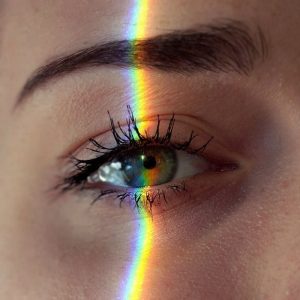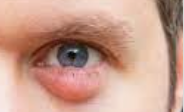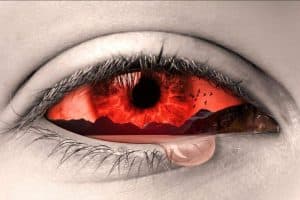As many as 50% of adults suffer from dry eyes. Could in-office treatments be the solution?
Dry eye symptoms may be handled at home by applying warm compresses, using lubricating eye drops and taking supplements, but eye doctors now have a range of effective in-office procedures that can treat the cause of the dry eyes.
When dry eye symptoms persist or become too severe, your eye doctor may have a range of in-office treatments to offer lasting results.
Here are our top 6 FAQs about effective in-office treatments for dry eye syndrome:
Q1: Why are in-office treatments for dry eyes effective?
In-office treatments for dry eye are much more effective than at-home solutions because your eye doctor is able to ensure that the most effective treatment is provided and properly executed.
The eye doctor can also monitor how well treatment is working for you and make any adjustments to provide the best outcomes.
In the event that certain in-office treatments are not delivering the desired results, your eye doctor can more easily evaluate why they’re falling short and adjust aspects of treatment, or recommend a different treatment altogether.
This is not true for at-home treatments. Your eye doctor is not able to closely monitor if you’re doing the treatment correctly, and often relies more on patient feedback than on direct observation to determine reasons why certain treatments may not be working.
Q2: What are the most common in-office devices used to treat dry eyes?
The most commonly used in-office devices by eye doctors to treat dry eye symptoms are steam goggles and pulsed heat devices.
In both cases, these treatments involve the warming and massaging of the eyelids and meibomian glands, which line the edge of the eyelids.
These procedures reduce dry eye symptoms by releasing oils that are essential for a healthy tear film, and which might have been clogged in the glands, causing dry eye symptoms.
Q3: How do steam goggles work to help with dry eye symptoms?
For a steam goggle treatment, goggles are placed over your eyes, which are then warmed by means of an electronic timing device. This causes the goggles to produce steam, bringing moisture to the eyes.
Steam goggles use gentle heat to warm up your eyelids, which softens the oils from the meibomian glands in your eyelids and may opens up any blocked pores.
Your eye doctor may then massage your eyelids, or open the oil glands manually. This will release oils into your tears that will help lessen or resolve your dry eye symptoms.
This treatment can be used on its own or along with other procedures to effectively address your dry eye symptoms.
SEE RELATED: 10 In-Office Treatments for Dry Eyes
Don’t let dry eyes affect your lifestyle. Make an appointment to discuss in-office treatments with your eye doctor near you.
Q4: How do pulsed heat treatments help with dry eye symptoms?
For pulsed heat treatments, your eye doctor will first apply numbing eye drops for your comfort, They will then place applicators over the front and back of both eyelids.
Heat applicators are connected to a machine that applies gentle pressure and heat to your eyelids, opening the eyelid glands and releasing clogged oils.
Your eye doctor may also manually massage or use a flat instrument to pressure your eyelids to maximize outflow of the vital oils.
This treatment is highly effective, with many patients reporting continued effectiveness and comfort for as long as a year.
Q5: Why do eye doctors use punctal plugs to treat dry eyes?
Your eye doctor may choose to insert punctal plugs in your eye to address issues with you not having enough water in your tears. Inserting the plugs is easy and painless.
The plugs create a blockage in the area of the eye called the punctum, where tears usually drain from the eye.
This blockage slows tear drainage away so that more tears remain on the eyes, to keep the surface of your eye moisturized and prevent dry eye symptoms.
Once inserted, punctal plugs are impossible to see or feel.
Q6: Can intense pulsed light (IPL) therapy help with my dry eyes?
Yes.
Intense pulsed light therapy (IPL) is FDA approved for more than 15 years for the treatment of a number of issues, including removal of skin lesions and treatment for rosacea and other skin conditions.
IPL therapy is now frequently used to treat meibomian gland blockages that can cause dry eyes, by reducing the inflammation adjacent to the eyes and decreasing the bacterial presence.
An IPL session involves your eye doctor applying infrared light directly onto your eyelids with a handheld device. This can reduce inflammation and loosen meibomian gland blockages, significantly lessening dry eye symptoms.
LEARN MORE: Guide to Dry Eye
If dry eyes are impacting your lifestyle, make an appointment to discuss in-office treatments with an eye doctor near you.
If you have tried to manage dry eyes with eye drops, warm compresses or supplements, your eye doctor can treat the cause of the dry eyes.
When dry eye symptoms persist or become too severe, your eye doctor may have a range of in-office treatments to offer effective and lasting relief.










